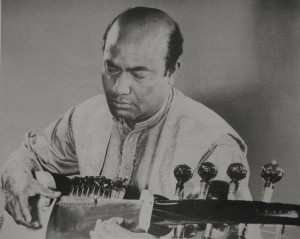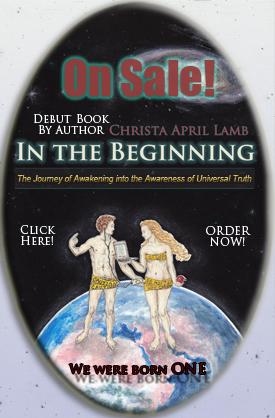Music From India

The sitar is a plucked stringed instrument predominantly used in Hindustani classical music, where it has been ubiquitous since the Middle Ages.
About: Music From India includes multiple varieties of folk, popular, pop, classical music and R&B. India’s classical music tradition, including Carnatic and Hindustani music, has a history spanning millennia and, developed over several eras, it remains fundamental to the lives of Indians today as sources of spiritual inspiration, cultural expression and pure entertainment. India is made up of several dozen ethnic groups, speaking their own languages and dialects, having very distinct cultural traditions.1
Similarities to other music styles: Coming soon.
Influences: Coming soon.
DISCOVER MORE
From Encyclopedia Britannica: The performing arts also have a long and distinguished tradition. Bharata-natya, the classical dance form originating in southern India, expresses Hindu religious themes that date at least to the 4th century ce (see Natyashastra). Other regional styles include orissi (from Orissa), manipuri (Manipur), kathakali (Kerala), kuchipudi (Andhra Pradesh), and kathak (Islamicized northern India). In addition, there are numerous regional folk dance traditions. One of these is bhangra, a Punjabi dance form that, along with its musical accompaniment, has achieved growing national and international popularity since the 1970s. Indian dance was popularized in the West by dancer and choreographer Uday Shankar.
Traditional Indian music is divided between the Hindustani (northern) and Carnatic (southern) schools. (The Hindustani style is influenced by musical traditions of the Persian-speaking world.) Instrumental and vocal music is also quite varied and frequently is played or sung in concert (usually by small ensembles). It is a popular mode of religious expression, as well as an essential accompaniment to many social festivities, including dances and the narration of bardic and other folk narratives. Some virtuosos, most notably Ravi Shankar (composer and sitar player) and Ali Akbar Khan (composer and sarod player), have gained world renown. The most popular dramatic classical performances, which are sometimes choreographed, relate to the great Hindu epics the Ramayana and the Mahabharata. Regional variations of classical and folk music abound. All of these genres have remained popular—as has devotional Hindu music—but interest in Indian popular music has grown rapidly since the late 20th century, buoyed by the great success of motion picture musicals. Western classical music is represented by such institutions as the Symphony Orchestra of India, based in Mumbai, and some individuals (notably conductor Zubin Mehta) have achieved international renown.2
Several of the Musical Instruments of India are:
Sitar: A prime element of Indian music, is the most popular string musical instrument in India due to its best accompaniment to singing.
Sarod: Formed in a carve by the well seasoned teakwood covered with the goat skin is another string musical instrument of India.
Tanpura: Well known for its rich sound with three main styles, Miraj style, Tanjore style and in also a small instrumental version often called a tamburi, has four srting tuned to the tonic.
Vichitra Veena: Vichitra veena is an Indian musical instrument without no frets and look just like a rudra veena and it is played with a slide like the guitar.
VIDEOS
A short film on India’s musical traditions
Source:
1.Music of India, Wikipedia. http://en.wikipedia.org/wiki/Music_of_India
2.India (2011). In Encyclopædia Britannica, Inc. Retrieved July 18, 2011, from Encyclopedia Britannica Online: http://www.britannica.com/EBchecked/topic/285248/India/273203/Dance-and-music









